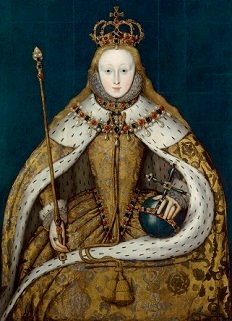Philosophy Salon: Elizabeth I
Thu 24 October 2013, 7pm - 8pm
FREE, no booking required.
National Portrait Gallery, St Martin’s Place, London WC2H 0HE
Join Professor Miri Rubin to discuss representations of women and power. In partnership with The Culture Capital Exchange for The Inside Out Festival.
A striking aspect of how Elizabeth presented herself, and how others – artists, poets, ambassadors, foreign dignitaries – saw her was through the imagery of virginal queenship: she was fully a woman, while being chaste and pure. Although Elizabeth was queen of Protestant England, she borrowed in her imagery of power from long-standing medieval traditions associated with the Virgin Mary, a woman ‘alone of all her sex’. Just as the Virgin Mary was a paradox – mother and virgin, human who bore a God – so was Elizabeth: childless mother of the English.
Professor Miri Rubin
Miri Rubin is Professor of Medieval and Early Modern History at Queen Mary University of London and currently Head of the School of History. She is author of several books on the religious cultures of Europe, among them Mother of God: A History of the Virgin Mary (Penguin, 2009).
Main image credit: Queen Elizabeth I by Unknown English artist, oil on panel, circa 1600












